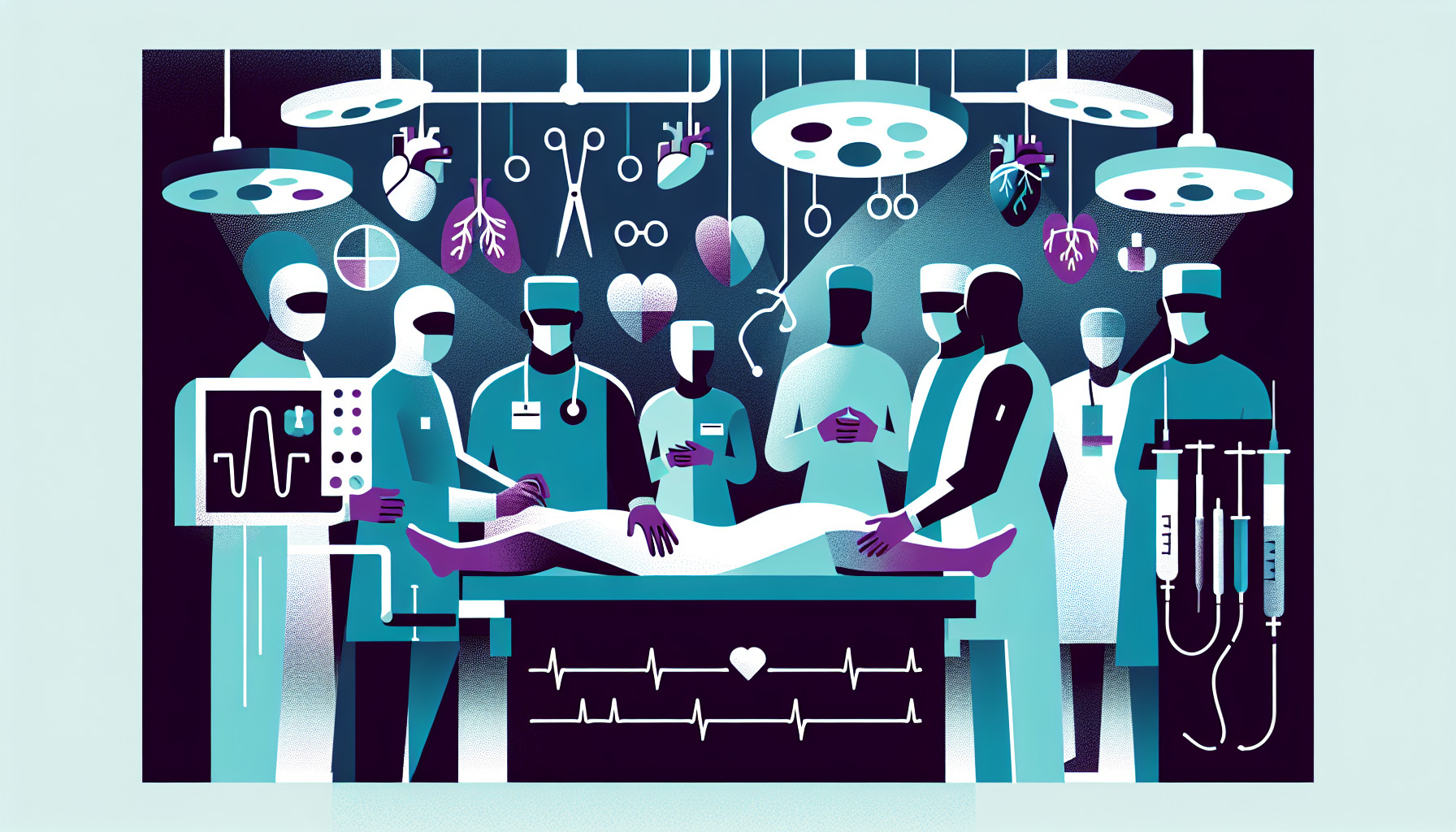Our Summary
The article discusses the challenges in successful allotransplantation - a procedure where a body part or tissue is transplanted from one person to another. The main challenge is that the recipient’s body may reject the transplanted tissue. To prevent this, recipients often have to take drugs that suppress their immune system for the rest of their lives, which can increase their risk of cancer and infections.
The article reviews recent research into using cell therapy as a way to help the body accept the new tissue. In cell therapy, cells are injected into the patient to help improve the success of the transplant. The type of cells used depends on the specific needs of the patient. For example, bone marrow cells might be used early in the process, while other types of cells might be used later on or if the body starts to reject the transplant.
Cell therapy is considered safe, and it can help reduce the amount of immune-suppressing drugs a patient needs to take. It can also help the body recover more fully after the transplant, such as by helping nerves to regenerate. However, the details of how cell therapy is used - including the type of cells, how often they’re given, the dosage, and how they’re delivered - need to be tailored to each patient’s individual needs.
FAQs
- What is vascularized composite allotransplantation and what are some of the challenges associated with it?
- How does cell therapy work to improve allograft outcomes in vascularized composite allotransplantation?
- What are the different types of cell therapy and their roles in the induction and maintenance phases of vascularized composite allotransplantation?
Doctor’s Tip
One helpful tip a doctor might tell a patient about vascularized composite allotransplantation is to discuss the use of cell therapy as a potential strategy to minimize the need for lifelong immunosuppression and reduce the risk of complications such as cancer and infections. Cell therapy has shown promise in modulating the immune system and promoting allograft tolerance, and the specific type of cell therapy used may vary depending on the phase of transplantation and the individual patient’s needs. It is important to discuss the potential benefits and risks of cell therapy with your healthcare provider to determine if it is a suitable option for you.
Suitable For
Patients who may benefit from vascularized composite allotransplantation (VCA) are those with severe facial disfigurement, extensive burns, limb loss, or other complex tissue defects that cannot be adequately addressed through traditional reconstructive surgery. These patients may have limited functional abilities and quality of life, and VCA offers the potential for significant improvement in both physical appearance and function. Additionally, patients who have failed previous reconstructive surgeries or who have experienced complications such as chronic pain or infection may be candidates for VCA. However, it is important to note that VCA is a complex and high-risk procedure, and patients must undergo thorough evaluation to determine if they are suitable candidates for transplantation.
Timeline
Before vascularized composite allotransplantation (VCA), a patient typically undergoes a thorough evaluation by a transplant team to determine if they are a suitable candidate for the procedure. This evaluation includes medical and psychological assessments, as well as discussions about the risks and benefits of the surgery. Once the patient is deemed eligible for VCA, they will be placed on a waiting list for a donor organ.
After receiving a VCA, the patient will undergo a period of intense post-operative care to monitor for any signs of rejection or complications. Immunosuppressant drugs will be prescribed to prevent rejection of the transplanted tissue. The patient will also undergo regular follow-up appointments to monitor their progress and adjust their medication as needed.
In the long term, patients who have undergone VCA may experience improvements in their quality of life and functionality, as well as potential complications such as rejection episodes, infections, and side effects from immunosuppressant drugs. Ongoing medical management and support will be provided to help the patient navigate these challenges and optimize their outcomes.
What to Ask Your Doctor
- What is vascularized composite allotransplantation (VCA) and is it a suitable option for me?
- What are the potential risks and complications associated with VCA?
- What is the success rate of VCA procedures and what factors contribute to a successful outcome?
- What is the role of immunosuppression in VCA and how long will I need to take these medications?
- Are there alternative treatment options to minimize the need for lifelong immunosuppression?
- How does cell therapy play a role in improving allograft outcomes and inducing allograft tolerance?
- What type of cell therapy would be most suitable for my specific situation and when would it be administered?
- What are the potential side effects or risks associated with cell therapy in the context of VCA?
- How will the cell therapy be delivered, including the source, frequency, dosage, and route of administration?
- What is the long-term outlook for VCA recipients who undergo cell therapy as part of their treatment plan?
Reference
Authors: Anggelia MR, Cheng HY, Lai PC, Hsieh YH, Lin CH, Lin CH. Journal: Biomed J. 2022 Jun;45(3):454-464. doi: 10.1016/j.bj.2022.01.005. Epub 2022 Jan 15. PMID: 35042019
